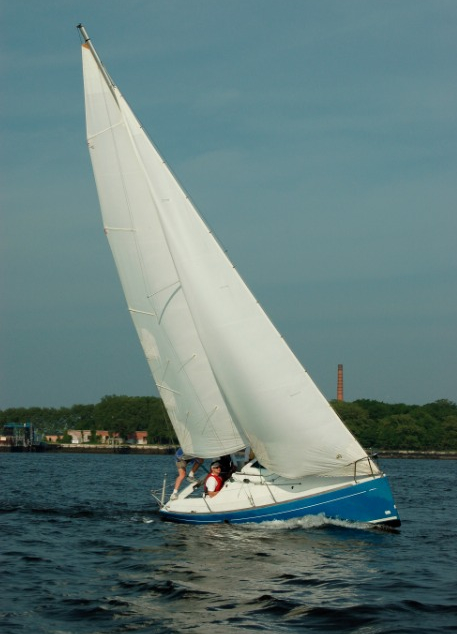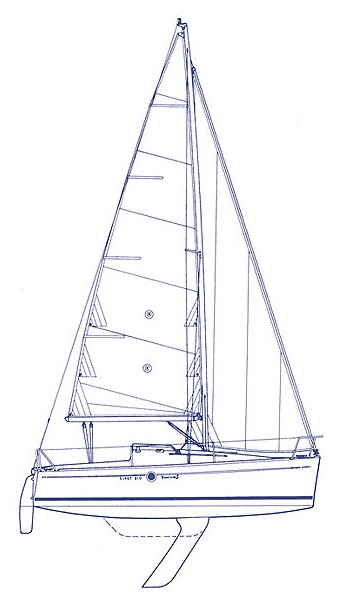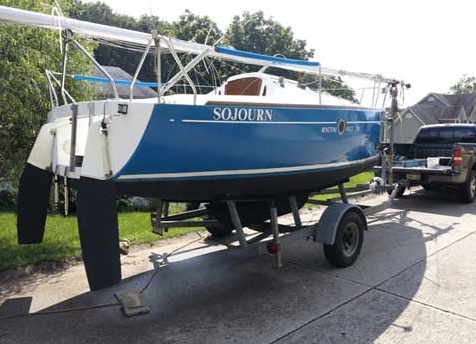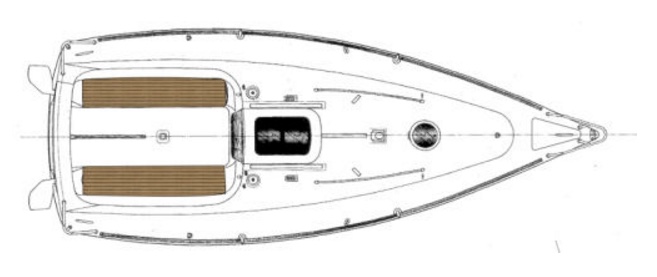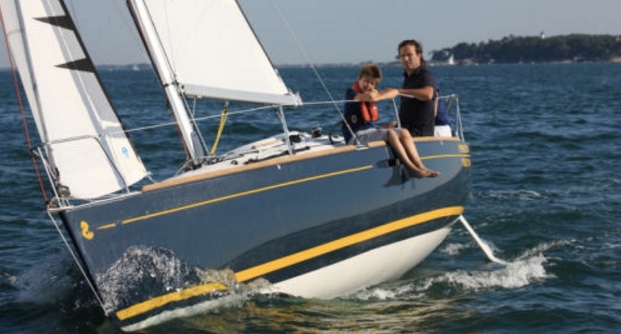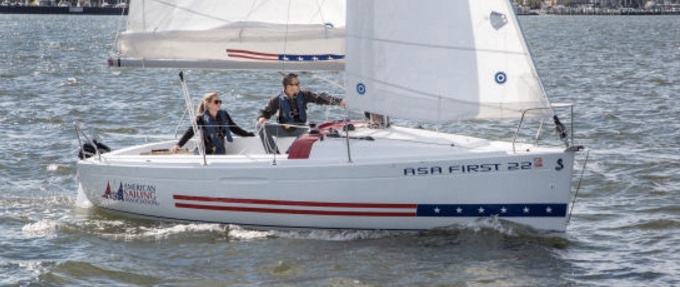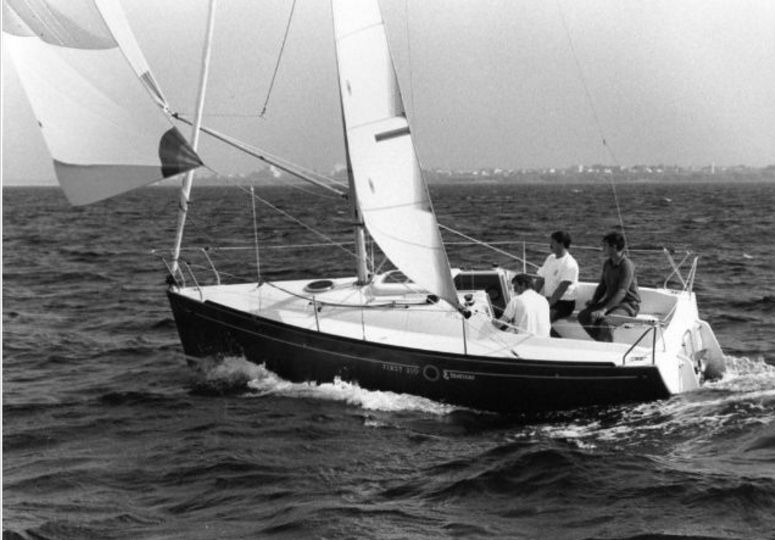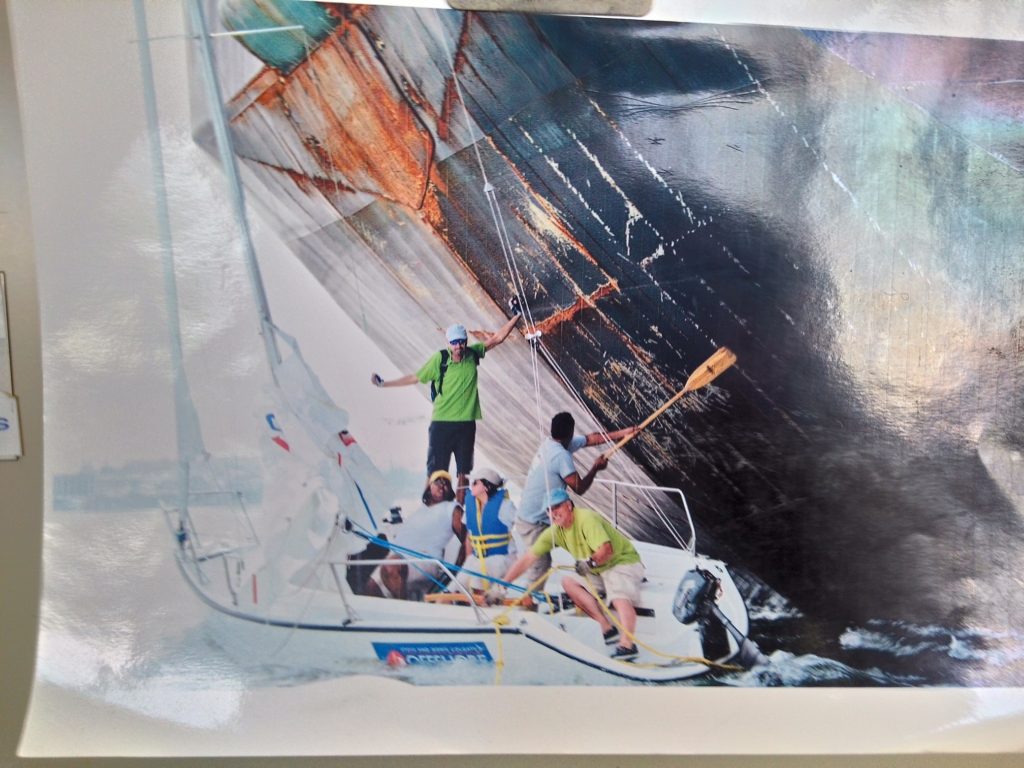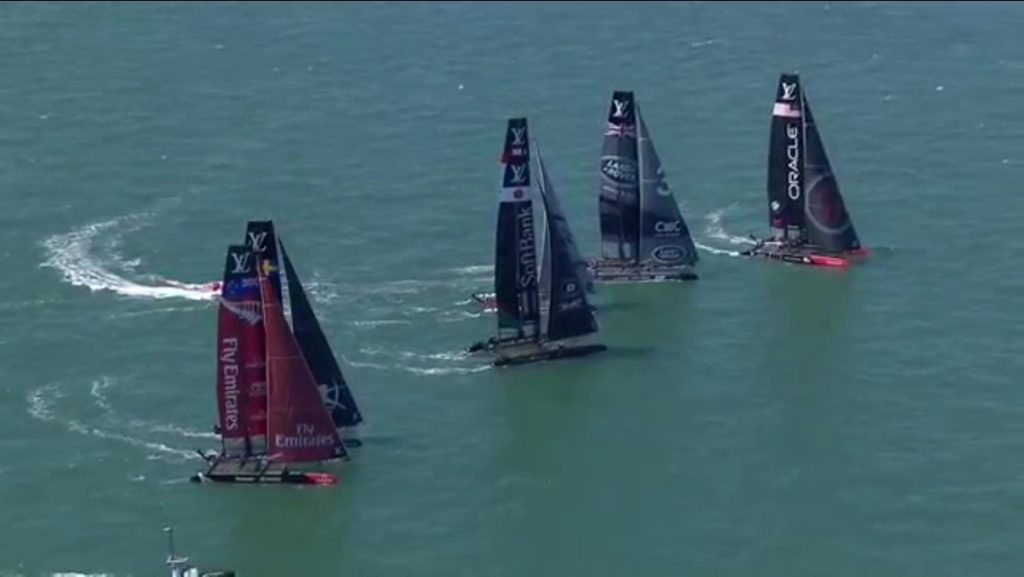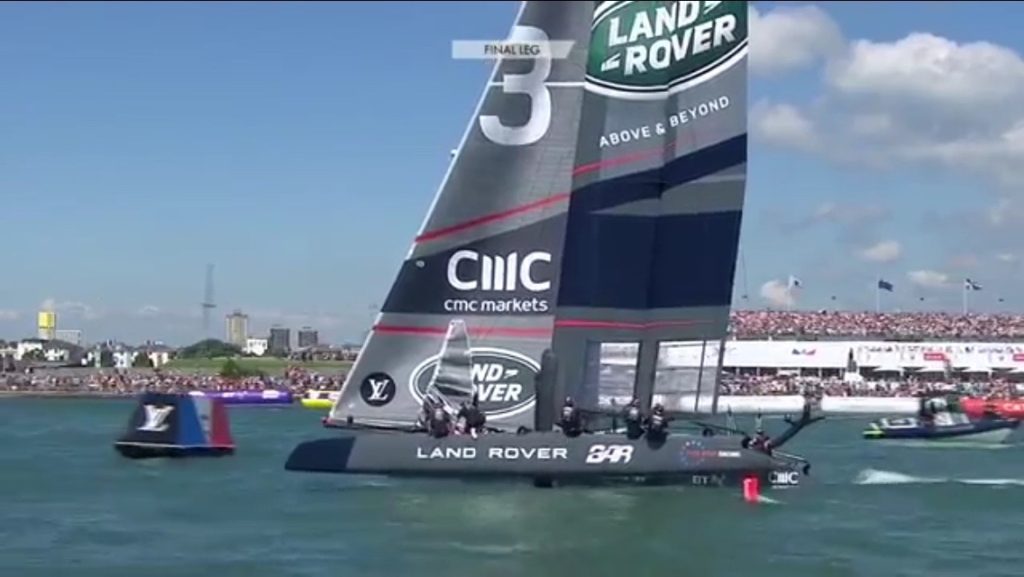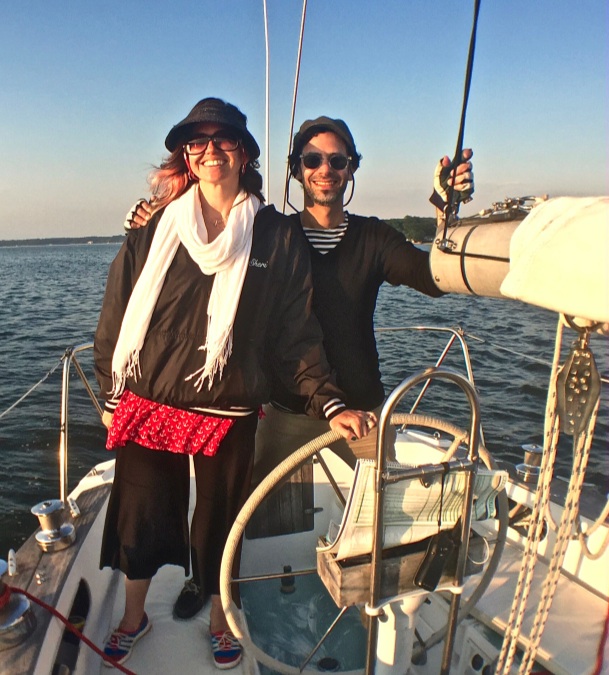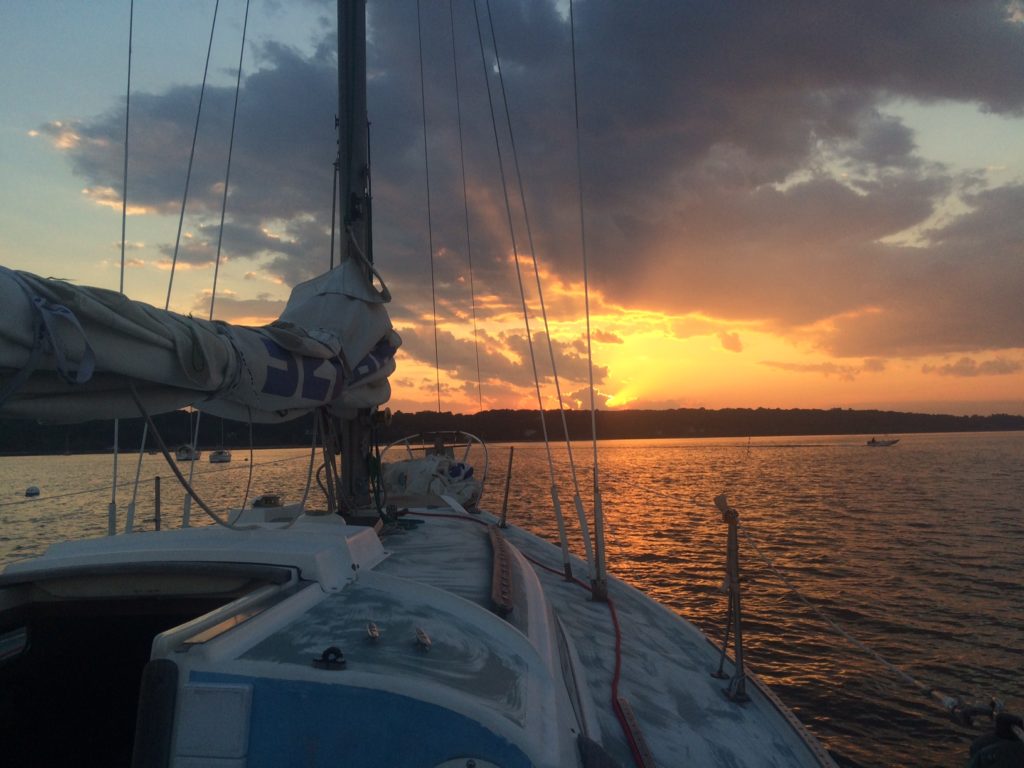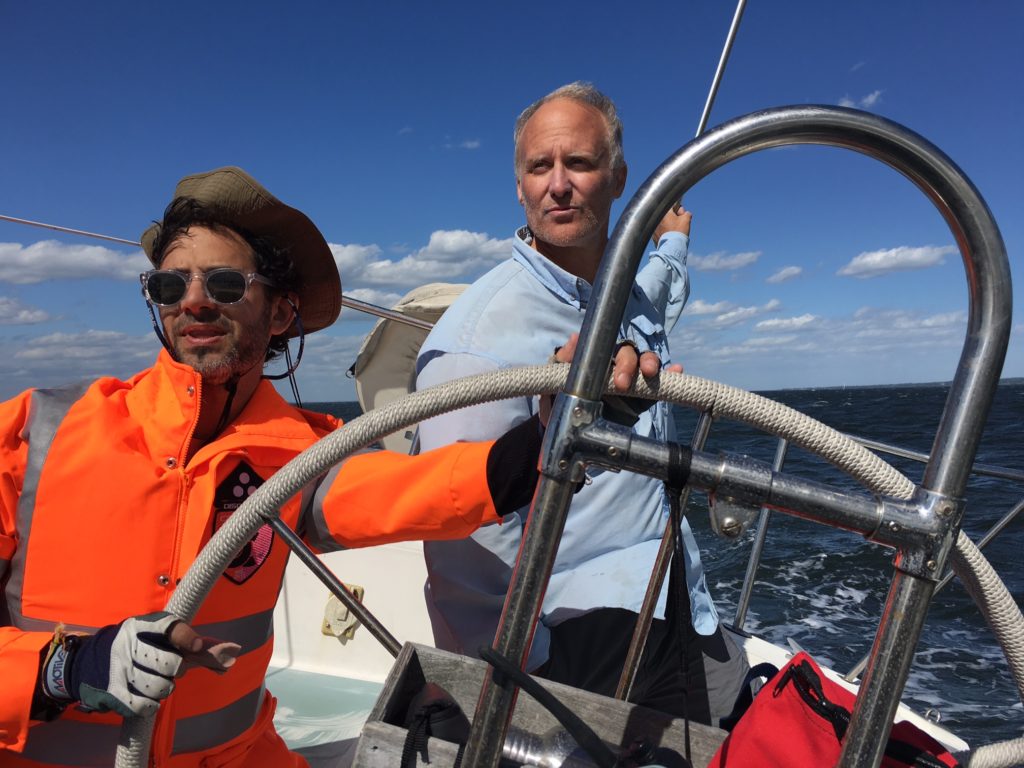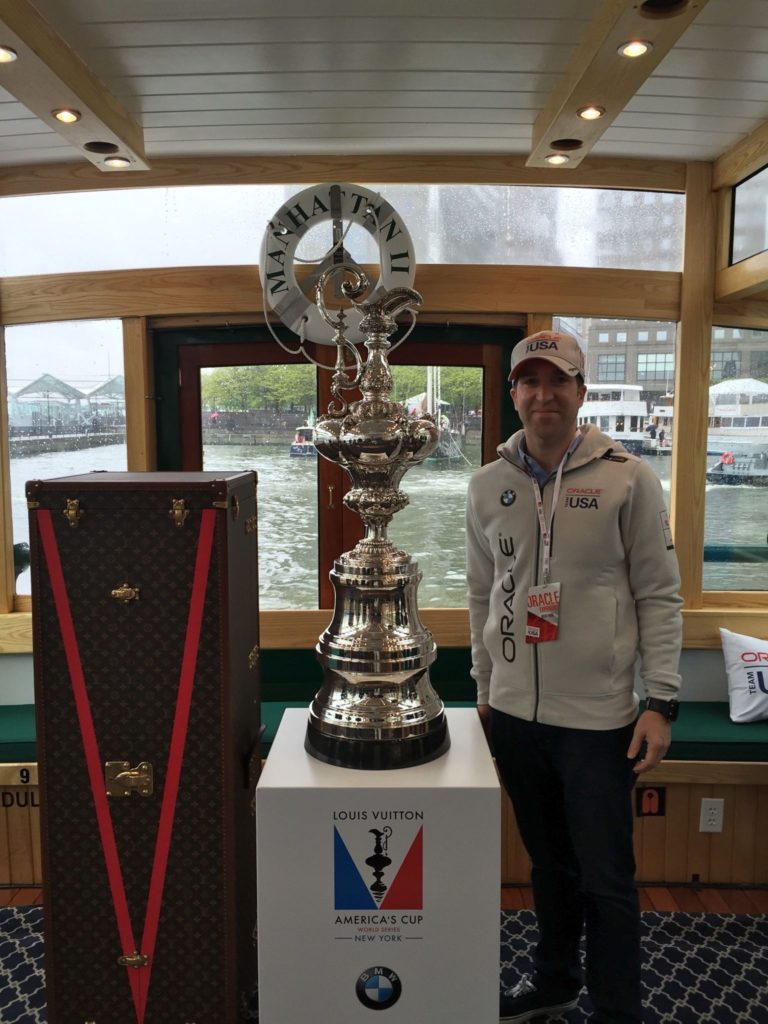On August 30th, a group of 10 kayakers was basically run over by a NY Waterway ferry that was backing out of its Manhattan slip into the glare of the sun in the western sky. Several were injured; two seriously. It’s all under investigation of course. Not many other facts have been reported so far and thus it’s hard to piece it all together.
The kayak company involved claims to not have had a collision before in its 20-year operating history. But the incident does beg some questions…
- Was the kayak group being reckless, passing close by an active ferry dock?
- Did the ferry sound a proper signal and post a proper lookout?
- Are New York Harbor and the Hudson & East Rivers even suitable environments for kayaks and stand-up paddleboards?
There’s been a large increase in kayak and even paddleboard activity around Manhattan recently. It’s cheap, easy access to the water. But the water moves – fast. There are strong currents that make real sailboats stand still against the skyline while sailing full tilt. Then there’s the traffic.
“You have every single marine traffic situation that is known to man, every single day. You have high speed ferries of different sizes that have different routes, you have pleasure craft, you have ocean liners, you have commercial dredges. It all exists here. You see kayak and paddleboard people on the Hudson River with a 3- or 4-knot current at dusk — it’s insane.”
-Captain Frank Crescitelli, fishing charter captain (“Fin Chaser”) based in New York Harbor. (As quoted in the NY Times article referenced below.)
Meanwhile, back at the ranch (New York Sailing Center’s location on City Island, half the length of Manhattan away from it but light years away as far as the boating and sailing environment), we have the Touring Kayak Club near our moorings. They launch from their own ramp in City Island Harbor. Sometimes, I think they stray a bit far from their base, but the traffic conditions are far more manageable and predictable here. Plus, currents can usually be swum against, so paddling against them is a cinch.
TKC is a private membership club that no one seems to know much about. The last time I checked, they were wait-listed. At New York Sailing Center, we are planning to introduce kayaking and perhaps boardsailing (“windsurfing”) in 2017.
As for NY Harbor and the Rivers, it’s hard even for non-capsizing sailboats to manage all the logistics and stay safe on, much less enjoy, the waterways. We keep hearing of collisions and capsizes – yes, capsizes with non-capsizing sailboats! Why? They push it. They fly spinnakers without enough experience, training, or regard for weather. So, they flip ’em. And, sometimes sink ’em. Seriously? Yup, so just say no to SUP…
“It’s a super-accessible way to get exposure to the waterways, where there is a really undiscovered part of New York City; there’s a mystique to it. But if you’ve never experienced a 40-knot vessel coming at you with a kayak, that’s a problem.”
-Elias Vaisberg, who runs kayak fishing tours out of Staten Island. (As quoted in NYT article referenced below.)
The quotes above were from the NY Times article about it on August 30 titled “Recreation and Commerce Collide on New York’s Crowded Waterways” by
